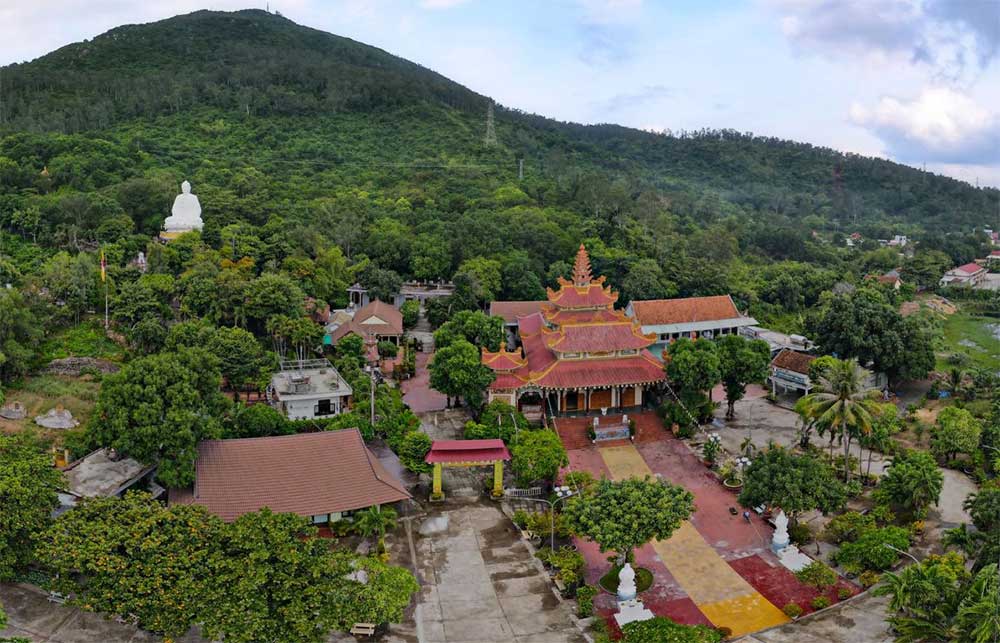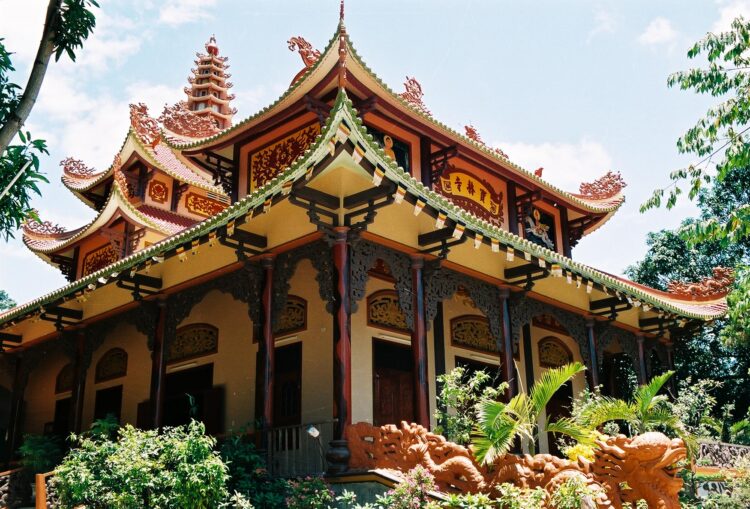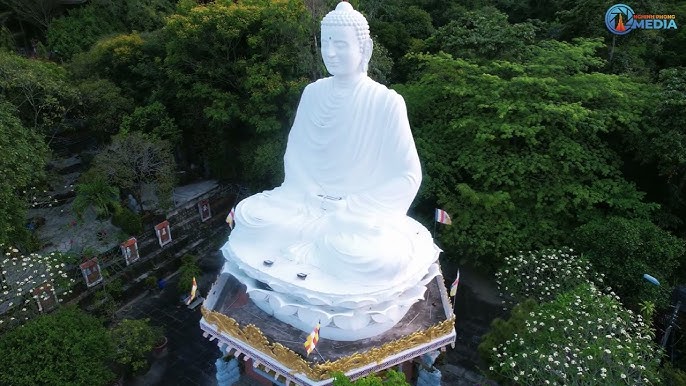Bao Lam Pagoda
Bao Lam Pagoda (Chùa Bảo Lâm, also known as Chùa Bửu Lâm) is one of the oldest and most respected Buddhist temples in Tuy Hòa City, Phú Yên Province. With a history dating back to the 19th century, the pagoda plays a central role in the region's religious life and is a peaceful retreat for both monks and laypeople.
1. History and Background
Bao Lam Pagoda was originally built during the reign of Emperor Minh Mạng (1820–1841) of the Nguyễn Dynasty. Over the centuries, it has undergone several restorations, but it still retains its traditional charm and spiritual atmosphere.
The pagoda belongs to the Lâm Tế Zen sect, a major school of Vietnamese Buddhism. It has served not only as a place of worship but also as a center for Buddhist education and cultural preservation in Phú Yên. In more recent years, it became home to the Liễu Quán Buddhist School, further solidifying its role as a regional center for training Buddhist monks and nuns.
2. Architecture and Design
Bao Lam Pagoda is a harmonious blend of classical Vietnamese Buddhist architecture with tranquil natural surroundings. Its main features include:
-
Main Hall (Chánh điện): Decorated with traditional motifs and housing statues of Shakyamuni Buddha, Avalokiteshvara (Quan Âm), and other bodhisattvas.
-
Three-entrance Gate (Tam quan): A traditional entrance symbolizing the Buddhist path of liberation through right view, right thought, and right action.
-
Bell and Drum Towers: Positioned symmetrically, these towers echo through the temple grounds during ceremonies.
-
Lush Courtyards and Gardens: Filled with bonsai trees, flowers, and statues of important figures in Buddhist teachings.
The peaceful setting, shaded by large trees and surrounded by green hills, makes the temple ideal for contemplation and prayer.
3. Spiritual and Cultural Significance
Bao Lam Pagoda is one of the most active religious centers in Tuy Hòa. It regularly hosts:
-
Buddhist festivals such as Vesak, Vu Lan, and the Lunar New Year.
-
Ceremonial chanting, Dharma talks, and community prayer sessions.
-
Educational programs for young monks and devotees through the Liễu Quán Buddhist School.
-
Charitable activities, including support for the poor and disaster relief efforts in the province.
The pagoda also serves as a spiritual gathering place during important occasions and is highly respected by the local Buddhist community.
4. Visiting Tips
-
Location: Liên Trì Village, Bình Kiến Commune, Tuy Hòa City, Phú Yên Province.
-
Opening Hours: Open daily, from morning until late afternoon.
-
Entrance Fee: Free of charge; donations are welcomed.
-
Dress Code: Modest attire is required (no shorts or sleeveless tops).
-
Getting There: Easily reachable by motorbike or car from Tuy Hòa city center (approx. 10–15 minutes).
-
Best Time to Visit: During the early morning or late afternoon for a more serene atmosphere.
5. How to Enjoy Your Visit
-
Begin by exploring the tranquil temple grounds, taking time to appreciate the beautiful architecture and nature.
-
Visit the main hall to offer incense and reflect in silence.
-
If you're lucky, you might witness a chanting ceremony or join a Dharma talk led by a resident monk.
-
Take peaceful walks around the gardens and admire the statues and bonsai trees.
-
Ask local devotees or monks about the history of the temple and the teachings of the Lâm Tế Zen tradition.
Conclusion
Bao Lam Pagoda is not only a historical and architectural treasure of Phú Yên but also a living center of spiritual practice and compassion. Whether you seek cultural insights, Buddhist teachings, or simply a quiet place to rest your mind, Bao Lam offers a meaningful experience for all visitors.




